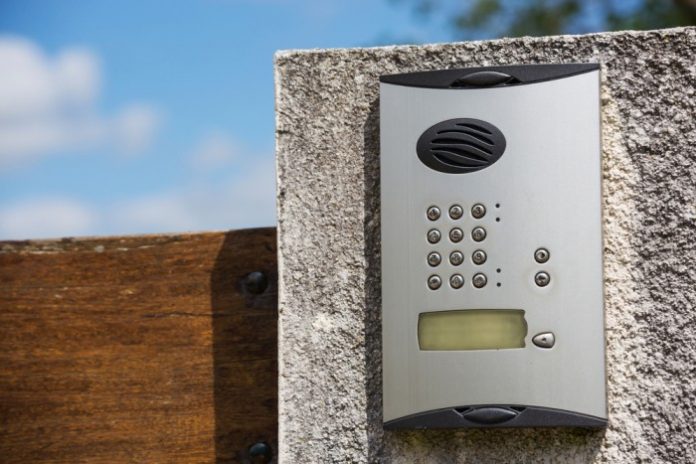Is working from home going to change our professional lives forever? Maybe. With a smart home office, HD video calls and a lightning-fast internet connection, many of us have found ourselves rarely needing to go to the office in person.
The implications for our work/life balance and emotional wellbeing are enormous — but for remote working to truly succeed, you need to create an environment that encourages productivity and enjoyment. That’s where a smart home system comes in. Read on to discover five modern home integrations that can make your home a better place to work than any shared office.
1. Get a business-grade WiFi connection in your home
‘Buffering’ is possibly the most hated word in the English language right now. If you’re working from home, you need to be able to make crystal-clear HD video calls to clients throughout the day. No excuses, nor any delays or dodgy video quality, are acceptable.
There are a couple of ways to make this happen. For starters, don’t skimp when it comes to choosing your internet provider. Read reviews and see what kind of speeds they’re able to produce in your local area.
When it comes to hardware, make sure you get the latest model of router. This should be placed in an elevated central position that’s free from any obstructions. Mounting your router on the wall is usually a good bet. The antennae should be angled so that they’re perpendicular to the base. You’ll also want a wired connection to your main workstation. WiFi is good, but it doesn’t beat an old-fashioned ethernet connection for pure speed.
Consider also using a range extender to boost the signal from your home office to the rest of the house. These are pretty much essential if you have family members into online gaming, or when multiple people are trying to download or stream at the same time.
2. Control entry in and out of your home without getting up
When there’s a constant stream of Amazon parcels arriving at your door, it can be hard to get into the flow during a work day. The smart home solution is a handy two-way video intercom system, paired with smart locks on the front door.
Install a video camera close to your front door so that you can get a good look at anyone who arrives. Most smart models allow you to get a live feed on your desktop and, thanks to audio intercom you can ask them what they need. If it’s essential, you can let them in by remotely unlocking the front door — all without having to leave your workstation or interrupt your day.
3. Could a voice assistant replace your secretary?
Amazon’s Alexa has shown the world that voice recognition software has come on leaps and bounds since Apple first unveiled Siri. Nowadays, voice assistants have several amazing applications that you’ll want in a home office. For starters, they’re an easy way to set reminders, timers and alarms to help you manage your workday. They can also be synced to your online calendar so that you don’t miss any important calls.
If you want to take things up a gear, it’s also possible to set some routines. “Good morning Alexa” could trigger everything you need to start your workday, including lighting, heating and a couple of tunes in the background. When linked up to your other devices and your WiFi system, voice recognition gadgets are capable of being a personal assistant that can improve your work levels and focus.
4. Don’t forget to keep your home and work telephone lines separate
These days, the telephone line is often an afterthought compared to your all-important WiFi connection. Plus, it’s true that you can replace almost all of a phone’s functionality via smarter uses of your computer. However, some of us do our best work with a telephone in hand — it just feels natural!
If you’re one of those people who uses a phone at work, remember to install separate work and home lines. This helps you keep your professional life and your private life neatly divided into two camps — and it’s also useful when working out your business expenses.
5. Protect your business against break-ins
We’re talking about both virtual break-ins and physical break-ins here. For starters, you’ll want all your accounts protected by secure passwords (each of which should be distinct and updated every three months or so). Consider two-factor authentication for the most sensitive accounts. Of course, you’ll also want everything backed up regularly in a secure location.
Once this is done, you can breathe a little easy and work on securing your online space. Make sure you’re using reputable anti-virus software and a correctly configured firewall. Of course, anyone using your office (including your kids) should know how to recognise phishing attacks, too.
For the physical security of your home business, you’ll want motion detectors that activate lights when triggered. The cameras we mentioned earlier should be set to record as soon as the motion detectors are triggered. On the doorways and windows, you’ll want vibration detectors that trigger sirens. These precautions will be more than enough to see off most intruders and keep both your professional life and your family life safe from harm.
Find a Home-Based Business to Start-Up >>> Hundreds of Business Listings.
















































